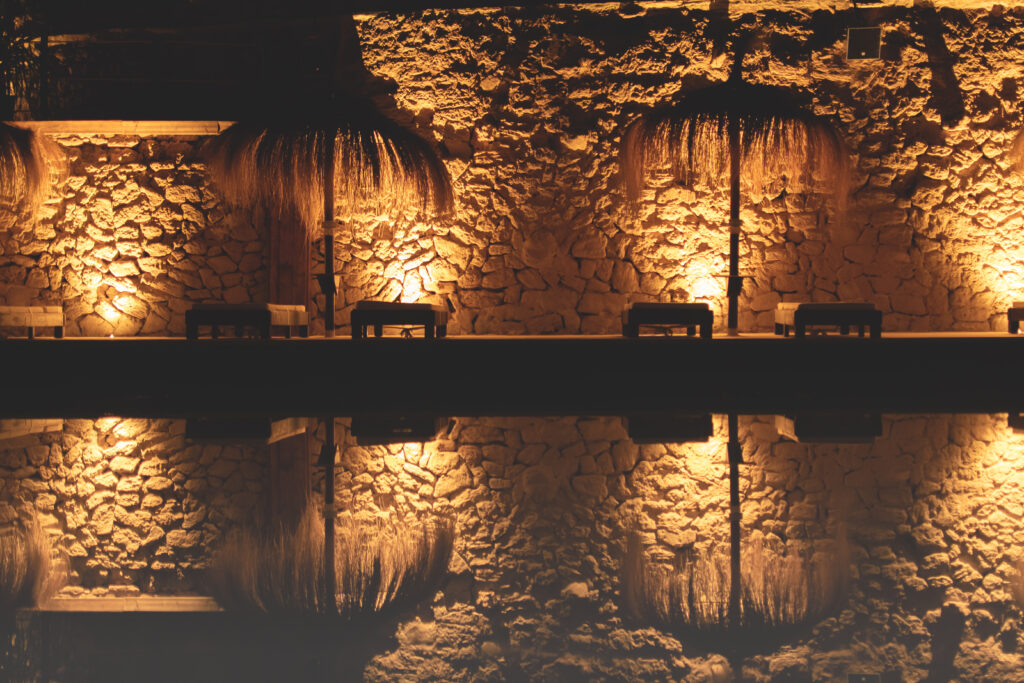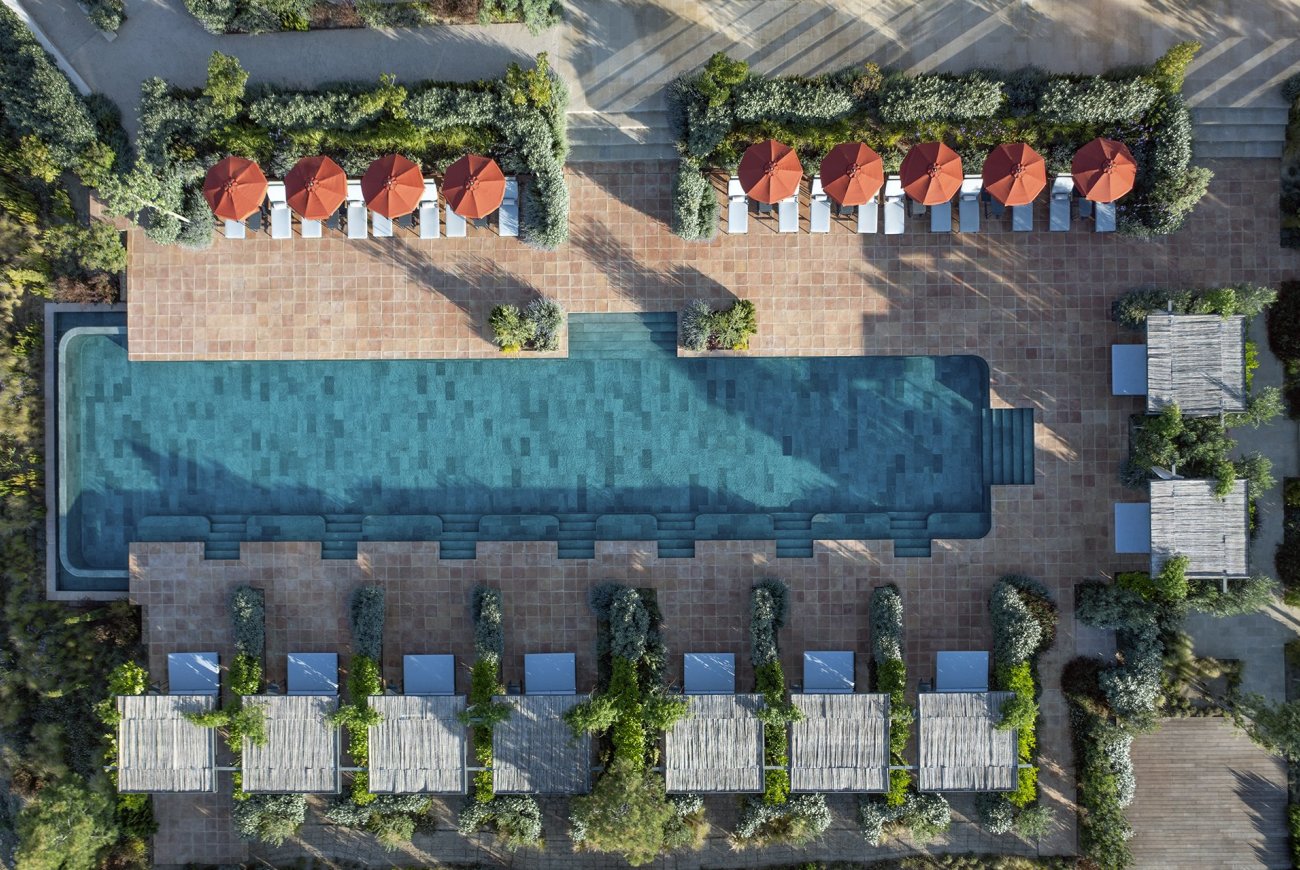How would you optimize the energy of your pool? Would you like to minimize operating costs and contribute to the environmental impact? If you are reading this article, we have good news for you: Saving and having a pool is possible.
Write down these measures:

1. Opt for efficient heating systems, for example?
- Installing solar thermal panels to heat the pool water by harnessing the sun's energy. A sustainable and low operating cost solution.
- Use pumps that capture heat from the air or ground to heat water. They consume much less energy than traditional electric heaters.
- Design isothermal covers to minimize heat loss when the pool is not in use.
2. Efficient lighting. More examples:
- Underwater LED lighting: Replacing traditional lights with LEDs, which consume up to 80% less energy.
- Automated lighting controlUse motion sensors or timers to turn on lights only when necessary.
3. Recourse to the Domotics and Talat Control
- Domotics and sensors to monitor and control energy consumption, water temperature, chlorine levels and pH.
- Schedule the operation of pumps and heaters during off-peak hours or when solar energy is most available.
4. Optimization of the pumping and filtering system
- Variable speed pumpsImplement pumps that automatically adjust their speed according to the needs of the pool, reducing electricity consumption.
- Use more advanced filtration systems, such as improved sand filters or cartridge filters, which require less energy to operate and fewer cleaning cycles.
- Optimization of hydraulic designDesign a flow-optimized piping and pump system to reduce pressure losses and unnecessary energy consumption.
5. Take advantage of your own environment (if you can).
- Build the pool in a location that maximizes solar exposure and is protected from the wind, reducing heat loss. "Bioclimatic Design"
- If we are lucky enough to be surrounded by vegetation, use them as barriers to maintain the temperature of the area.
6. Recirculation and reuse of water
- Design systems that take advantage of the wastewater (after filtering or cleaning) for other uses, such as irrigation, or to allow efficient recirculation, reducing unnecessary pumping.
7. Incorporation of additional renewable energies
- For example, photovoltaic solar panelsTo supply electricity to the pumping, filtering and lighting system.
- If you have a large pool, the option of micro hydraulic turbines. The water flow can generate energy through microturbines.
8. And like everything else in life, follow up with preventive and predictive maintenance.
- Perform regular maintenance of pumps, filters and heaters to ensure that they are operating optimally and not consuming excess energy due to failure or wear and tear.
So, as you can see, saving and having a swimming pool is possible.

